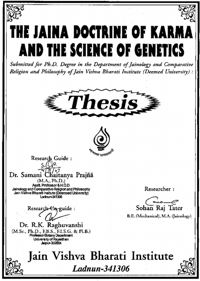The remarkable properties of DNA come from the evolution of cellular mechanisms for its accurate replication and transcription into a protein molecule. Errors in the replication or transcription of DNA do occasionally occur, however and these are known as mutations.
Like the letter of an alphabet, the single units of the DNA molecule are much less specific or interesting than the words they can compose. This is constant with the lack of any reliable evidence that a specific gene ever "knows how" to mutate in response to the needs of the organism in a new environment. Genes do not mutate to adopt to new environment conditions. Instead mutations occur as random errors, and evolution operates retrospectively on the results of the random errors, which are usually disastrous. A previously mutated gene may prove beneficial in a new environment and the organisms, carrying such a gene will then successfully reproduced.
The human genetic disease xeroderma pig-mentosum has been described as a defect in the repair mechanism possibly a miscoding in the message gene for one of the repair enzymes. Afflicted patients are extremely sensitive to sunlight, suffer unrepaired damage to DNA in their cells, and are prone to develop multiple tumors.
In normal individuals a certain number of DNA errors still escape the repair mechanism. This fact imposes on us the obligation to protect our genetic endowment from unnecessary exposure to possible mutagenes, such as ionizing radiation. In addition to the inherited defects produced when the DNA of the germ cells is injured, mutations in tissue cells are probably a part of the normal aging process and one of the mechanisms for initiation of cancer. (Joshua Lederberg, Noble prize winner in physiology or medicine Stanford university school of medicine).
 Prof. Dr. Sohan Raj Tater
Prof. Dr. Sohan Raj Tater
 Doctoral Thesis, JVBU
Doctoral Thesis, JVBU